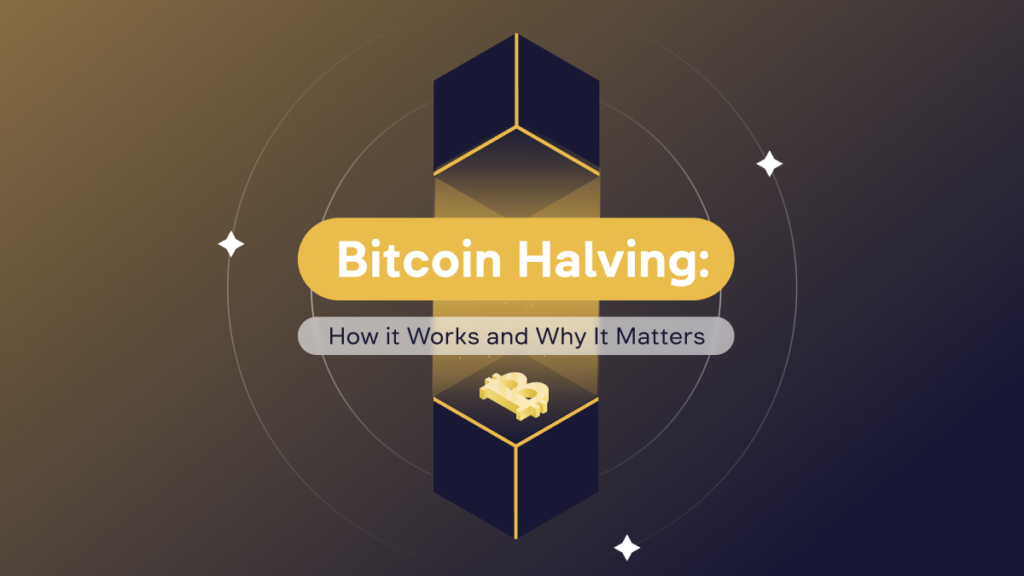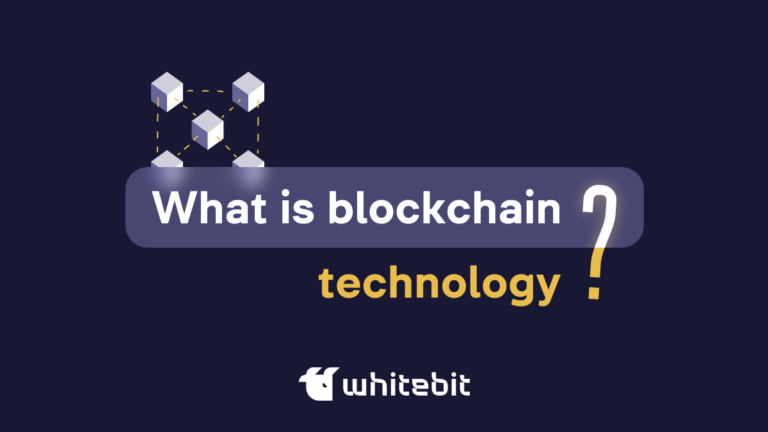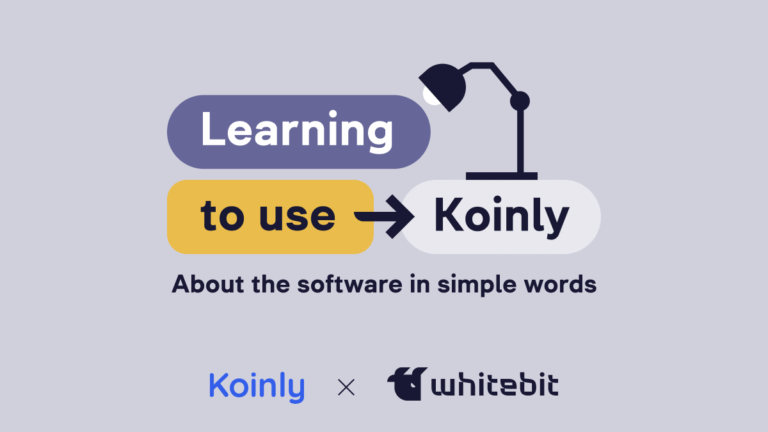How Does Bitcoin Halving Work and Why Is It Important?

Content
Bitcoin, the revolutionary digital currency, has captured the imagination of investors, tech enthusiasts, and financial experts worldwide. At the heart of Bitcoin’s allure lies an intriguing event known as “Bitcoin Halving.”
In this comprehensive guide, we will demystify the concept of Bitcoin halving, explore its history, discuss its implications, and shed light on the recent Bitcoin halving event in 2024.
What is Bitcoin Halving?
Bitcoin halving is a fundamental process that occurs approximately every four years in the Bitcoin network. Simply put, it is an event that reduces the rewards earned by Bitcoin miners for validating transactions and securing the network.
The number of new Bitcoins created with each mined block is halved during a Bitcoin halving. This reduction in block rewards has far-reaching consequences for the Bitcoin ecosystem. It forces miners to work harder for fewer rewards, which, in turn, impacts the overall supply of Bitcoin.
Basics of the Bitcoin Network?
If you want to understand Bitcoin halving fully, it’s essential to grasp the basics of the Bitcoin network. Bitcoin transactions are grouped into blocks, and these blocks are secured through a process called mining.
Mining is the process by which miners use powerful computers to solve complex mathematical puzzles, and the first miner to solve the puzzle gets to add the following block of transactions to the blockchain. This validates transactions and introduces new Bitcoins into circulation.
Why Does Bitcoin Halving Occur?
Now that we’ve covered the basics, let’s investigate why Bitcoin halving occurs.
- Scarcity: Bitcoin halving is driven by the goal of creating scarcity. By reducing the rate at which new Bitcoins are minted, the total supply of Bitcoin is limited to 21 million. This scarcity is a deliberate BTC feature to mimic precious metals like gold. Precious metals, unlike fiat money, tend to run out.
- Inflation Control: Halving events are a part of Bitcoin’s inflation control mechanism. Traditional fiat currencies often suffer from inflation due to central bank policies. Bitcoin, on the other hand, becomes scarcer over time, making it more resistant to inflation.
- Market Forces: The market also plays a significant role in Bitcoin halving. As the block rewards decrease, miners need to be more efficient, and some may exit the network. This can affect the security and stability of the Bitcoin network.
- Price Impact: Bitcoin halving events generate significant attention from investors and media. This increased interest can drive up demand for Bitcoin, potentially impacting its price.
Bitcoin Halving Dates and History
Since the cryptocurrency’s inception, bitcoin has been halved four times. Let’s examine each of these events in more detail.
2012 Halving
On November 28, 2012, Bitcoin underwent its first halving event. The block reward was reduced from 50 to 25 BTC. After this event, the cryptocurrency’s price began to change significantly. A year after the halving, in December 2013, the price of BTC rose to almost $1,200. For comparison, in 2012, the price of Bitcoin fluctuated in the range of $4.5 to $14.
Following such a significant price surge, the price of Bitcoin rapidly decreased and reached a minimum of approximately $200 in 2015. This surge in volatility is commonly considered the first bull and bear market cycle in cryptocurrency. Many traders and investors began to take note of this event and incorporate halving into their strategies. This historic event began Bitcoin’s journey into the global mainstream.
2016 Halving
On July 9, 2016, the second halving event occurred, reducing the block reward to 12.5 Bitcoins. As for volatility and the price during this period:
- Throughout 2016, the BTC price ranged from $400 to $900.
- Towards the end of 2017, the price of BTC reached $20,000.
- In 2018-2019, the price decreased and reached a minimum of around $3,500 at the end of 2018.
After this bearish cycle, Bitcoin could only surpass the $20,000 mark again in early 2021. At the time of writing this article, this represents the longest-lasting bearish trend in the history of the cryptocurrency market. Overall, the 2016 halving event underscored Bitcoin’s resilience and growing popularity.
2020 Halving
On May 11, 2020, the third halving occurred, reducing the block reward to 6.25 Bitcoins. This event coincided with increased interest from institutional investors and a surge in the price of Bitcoin.
In the cryptocurrency market, heightened volatility of Bitcoin was observed once again:
- Throughout 2020, its price ranged from $3,500 to $12,500.
- In 2021, the price rose to $61,000, then fell to nearly $31,000. Subsequently, on November 11, 2021, it reached a historic high of over $68,780.
Halving 2024
The most recent Bitcoin halving occurred on April 20, 2024. This is the fourth halving event, and its effects will unfold over the coming years. Historically, Bitcoin prices tend to peak within a year and a half after a halving. What will happen this time? We’ll keep a close watch and keep you updated on all developments.
Unusually, the new all-time high for Bitcoin was reached almost two months before the halving. In early March 2024, Bitcoin’s price hit $73,750, the highest it has ever been. Currently, the block reward stands at 3.125 bitcoins.
Implications of the Bitcoin Halving Event
Bitcoin halving events have far-reaching implications that ripple throughout the cryptocurrency ecosystem.
One of the most notable consequences is their impact on miner behavior. As the mining rewards diminish, miners are faced with reduced profits. This often prompts them to seek more efficient hardware and join mining pools to maintain profitability. The increased competition and potential consolidation of mining power can affect the network’s decentralization, a core principle of Bitcoin.
Additionally, reducing the rate of new Bitcoin creation can influence supply and demand dynamics. Historically, Bitcoin halving events have been associated with bull markets, as the perception of scarcity drives increased demand. This can result in significant price rallies, attracting retail and institutional investors.
We invite you to familiarize yourself with the cryptocurrency institutional services from WhiteBIT.
When is the Next Bitcoin Halving in 2028?
When will Bitcoin halve in 2028? This is a prevalent question among experienced crypto enthusiasts and people planning to make their first investment in Bitcoin.
Today, the current BTC/USDT rate and other cryptocurrency pairs can always be found on the WhiteBIT exchange.
The next eagerly anticipated Bitcoin halving event is scheduled for 2028, precisely four years after the previous halving in 2024. As we approach this date, the cryptocurrency community will closely monitor its potential impact on the Bitcoin network and market conditions. This event will once again reduce block rewards, this time to 1.5625 Bitcoins per block.
The next Bitcoin halving is scheduled for mid-March 2028.
Dates of all planned halvings:
| Halving | Approximate date | Number of blocks | Reward |
| 0 | 03-01-2009 | 0 | 50 |
| 1 | 28-11-2012 | 210000 | 25 |
| 2 | 09-07-2016 | 420000 | 12.5 |
| 3 | 11-05-2020 | 630000 | 6.25 |
| 4 | 20-04-2024 | 840000 | 3.125 |
| 5 | 14-03-2028 | 1050000 | 1.5625 |
| 6 | 13-02-2032 | 1260000 | 0.78125 |
| 7 | 15-01-2036 | 1470000 | 0.390625 |
| 8 | 16-12-2039 | 1680000 | 0.1953125 |
| 9 | 17-11-2043 | 1890000 | 0.09765625 |
| 10 | 19-10-2047 | 2100000 | 0.04882813 |
| 11 | 19-09-2051 | 2310000 | 0.02441406 |
| 12 | 21-08-2055 | 2520000 | 0.01220703 |
| 13 | 22-07-2059 | 2730000 | 0.00610352 |
| 14 | 23-06-2063 | 2940000 | 0.00305176 |
| 15 | 25-05-2067 | 3150000 | 0.00152588 |
| 16 | 25-04-2071 | 3360000 | 0.00076294 |
| 17 | 27-03-2075 | 3570000 | 0.00038147 |
| 18 | 25-02-2079 | 3780000 | 0.00019073 |
| 19 | 27-01-2083 | 3990000 | 0.00009537 |
| 20 | 29-12-2086 | 4200000 | 0.00004768 |
| 21 | 29-11-2090 | 4410000 | 0.00002384 |
| 22 | 31-10-2094 | 4620000 | 0.00001192 |
| 23 | 01-10-2098 | 4830000 | 0.00000596 |
| 24 | 03-09-2102 | 5040000 | 0.00000298 |
| 25 | 05-08-2106 | 5250000 | 0.00000149 |
| 26 | 06-07-2110 | 5460000 | 0.00000075 |
| 27 | 07-06-2114 | 5670000 | 0.00000037 |
| 28 | 08-05-2118 | 5880000 | 0.00000019 |
| 29 | 09-04-2122 | 6090000 | 0.00000009 |
| 30 | 11-03-2126 | 6300000 | 0.00000005 |
| 31 | 09-02-2130 | 6510000 | 0.00000002 |
| 32 | 11-01-2134 | 6720000 | 0.00000001 |
As you can see from the table, the last Bitcoin halving will take place around 2134. Approximately 19.5 million BTC have been mined today, or 92.86% of the maximum supply (21 million). By 2030, about 97% of all coins will be mined.
It is necessary to clarify that the dates presented in the table are approximate. The exact dates will be known immediately closer to halving.
Conclusion: Why is Bitcoin Halving Important?
In conclusion, Bitcoin’s halving is pivotal in the cryptocurrency world. It’s not just about reducing block rewards; it’s about maintaining scarcity, controlling inflation, and navigating the intricate interplay of market forces. As Bitcoin continues to evolve, each halving event serves as a reminder of its resilience and enduring appeal.
Bitcoin halving events are crucial because they underscore the essence of Bitcoin — a decentralized digital asset that challenges traditional financial systems. Whether you’re a Bitcoin enthusiast or a casual observer, understanding Bitcoin halving is fundamental to comprehending the cryptocurrency’s long-term value proposition.
FAQ
Bitcoin undergoes halving events to control its supply and establish a predictable issuance schedule. Unlike traditional currencies, Bitcoin is not tied to precious metals like gold or silver. Instead, its scarcity is algorithmically defined through halving events. These events reduce the rate at which new Bitcoins are created, ultimately limiting the total supply to 21 million.
Yes, Bitcoin halving events occur approximately every four years. A total of 32 halvings are planned.
The most recent Bitcoin halving occurred on April 20, 2024.
Preparing for Bitcoin halving involves staying informed about the event's date, monitoring market sentiment, and considering its potential impact on your investment strategy. A good indicator in this case is the Bitcoin Fear and Greed Index.
The perception of Bitcoin halving's impact varies. Some see it as a bullish catalyst, while others highlight potential challenges like miner centralisation.









